Evaporative and convective cooling are the major means of body heat loss. Panting increases air flow across the respiratory mucosa, and convective and evaporative cooling take place.
Excessive heat load may result due to environmental conditions such as rainfall, high temperatures, high relative humidity, and adverse climatic conditions.
Animal factors that result in excessive heat load include breed, coat type (dark and woolly coats may be more likely to gain heat), body condition (fat animals accumulate more heat), and lack of adaptation to heat. Bos indicus cattle are naturally more heat-tolerant compared to most Bos taurus breeds. Diets that are rich in fermentable carbohydrates or proteins will generate more metabolic heat. Because metabolic heat production increases during and after feeding, feeding animals during cooler times of the day may help avoid overheating.
Temperature and humidity gradients determine the heat flow from the animal. If the surrounding temperature is lower than the animal’s body temperature, then heat loss mechanisms can operate to move heat from the animal to the environment.
Evaporation of water from the body’s surfaces, such as the skin or respiratory tract, leads to evaporative cooling. Evaporative cooling through sweating and panting becomes the major form of heat loss when the temperature exceeds 21 °C, and if the environmental temperature equals or exceeds an animal’s body temperature, then evaporative heat loss is the only available heat loss mechanism for animals to regulate body temperature.
When the body temperature is higher than the surrounding air temperature, heat loss from the cattle’s skin via convection and evaporation is more common. Mechanical ventilation helps in evaporative heat loss by ensuring continual air flow over the animals. Forced air flow ensures that higher-humidity air is moved away from the animals and replaced with lower-humidity incoming air, ensuring evaporative cooling.
Temperature and the relative humidity of the air influence the evaporation of water from the surface. In hot, dry conditions, evaporative cooling becomes the most important medium for heat loss. However, as relative humidity rises, there is less potential for the air to absorb more water vapor, and when relative humidity is 100 percent, the air is saturated and additional evaporation cannot occur.
Animals generally accumulate heat during the hottest part of the day and release it during the cooler parts of the day. Animals are not able to lose heat if the environmental temperature remains high for most of the day and night, and they may gradually accumulate excessive heat over time.
Long periods of very high environmental temperatures for much of the day and night, combined with high humidity, favour heat stress during export voyages. These conditions may reduce the animals’ ability to lose heat, and severe heat stress conditions may rapidly develop.
Heat stress can result in a reduction in food intake, depression, and an increased heart and respiratory rate. Panting and open-mouth breathing predispose topneumonia. A continued rise in body temperature will eventually result in respiratory and circulatory failure and death.
Heat stress is one of the most important concerns of the livestock export industry.
During the export of animals, heat stress usually occurs at assembly points on extreme summer days, at sea when crossing across the equatorial regions, or when ventilation systems fail.
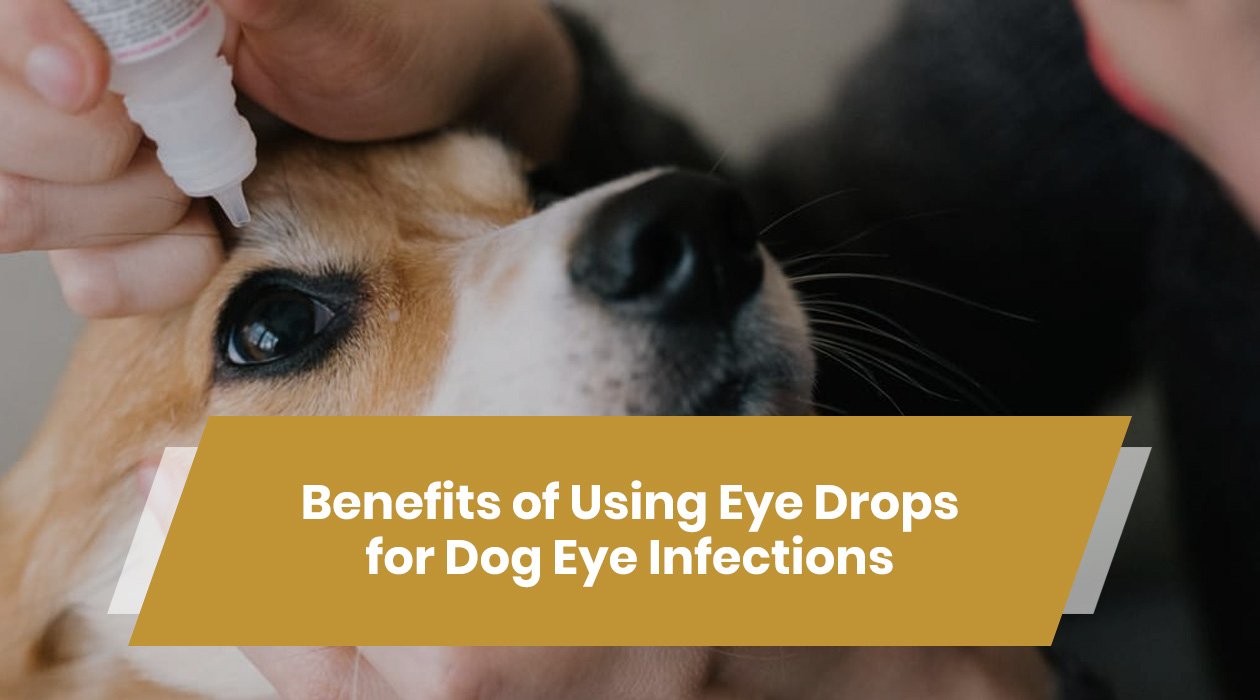
 Australian Shepherd
Australian Shepherd Beagle
Beagle Belgium Shepherd
Belgium Shepherd Bernese Mountain Dog
Bernese Mountain Dog Border Collie
Border Collie Boxer
Boxer Bulldog
Bulldog Cavalier King Charles Spaniel
Cavalier King Charles Spaniel Chihuahua
Chihuahua Cocker Spaniel
Cocker Spaniel Dachshund
Dachshund Doberman Pinscher
Doberman Pinscher Dogo Argentino
Dogo Argentino French Bulldog
French Bulldog German Shepherd
German Shepherd Golden Retriever
Golden Retriever Great Dane
Great Dane Himalayan Shepherd
Himalayan Shepherd Indie Dogs
Indie Dogs Labrador Retriever
Labrador Retriever Pakistani Bully
Pakistani Bully Pembroke Welsh Corgi
Pembroke Welsh Corgi Pitbull
Pitbull Pomeranian
Pomeranian Poodle
Poodle Pug
Pug Rottweiler
Rottweiler Shih Tzu
Shih Tzu Siberian Husky
Siberian Husky Yorkshire Terrier
Yorkshire Terrier Australian Shepherd
Australian Shepherd Beagle
Beagle Belgium Shepherd
Belgium Shepherd Bernese Mountain Dog
Bernese Mountain Dog Border Collie
Border Collie Boxer
Boxer Bulldog
Bulldog Cavalier King Charles Spaniel
Cavalier King Charles Spaniel Chihuahua
Chihuahua Cocker Spaniel
Cocker Spaniel Dachshund
Dachshund Doberman Pinscher
Doberman Pinscher Dogo Argentino
Dogo Argentino French Bulldog
French Bulldog German Shepherd
German Shepherd Golden Retriever
Golden Retriever Great Dane
Great Dane Himalayan Shepherd
Himalayan Shepherd Indie Dogs
Indie Dogs Labrador Retriever
Labrador Retriever Pakistani Bully
Pakistani Bully Pembroke Welsh Corgi
Pembroke Welsh Corgi Pitbull
Pitbull Pomeranian
Pomeranian Poodle
Poodle Pug
Pug Rottweiler
Rottweiler Shih Tzu
Shih Tzu Siberian Husky
Siberian Husky Yorkshire Terrier
Yorkshire Terrier Abyssinian
Abyssinian American Bobtail
American Bobtail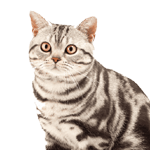 American Shorthair
American Shorthair Balinese Cat
Balinese Cat Bengal Cat
Bengal Cat Birman
Birman Bombay Cat
Bombay Cat British Longhair
British Longhair British Shorthair
British Shorthair Burmese Cat
Burmese Cat Devon Rex
Devon Rex Exotic Shorthair
Exotic Shorthair Himalayan Cat
Himalayan Cat Maine Coon
Maine Coon Oriental Shorthair
Oriental Shorthair Persian Cats
Persian Cats Ragdoll
Ragdoll Scottish Fold
Scottish Fold Siamese Cat
Siamese Cat Siberian Cat
Siberian Cat Sphynx Cat
Sphynx Cat

























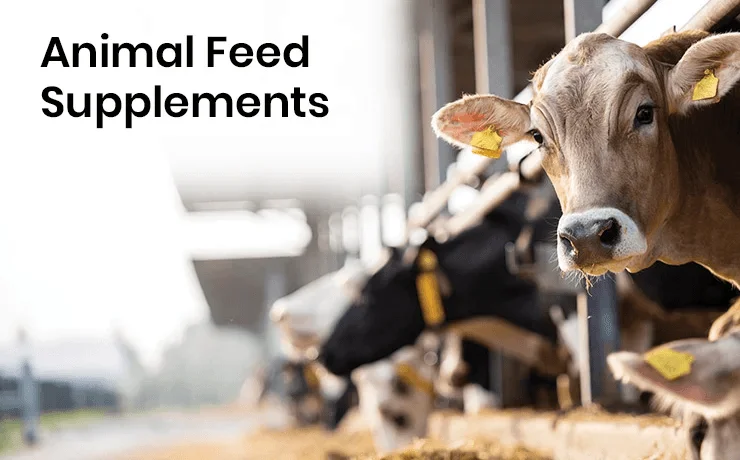












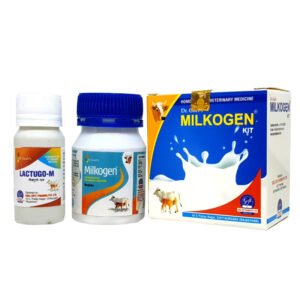







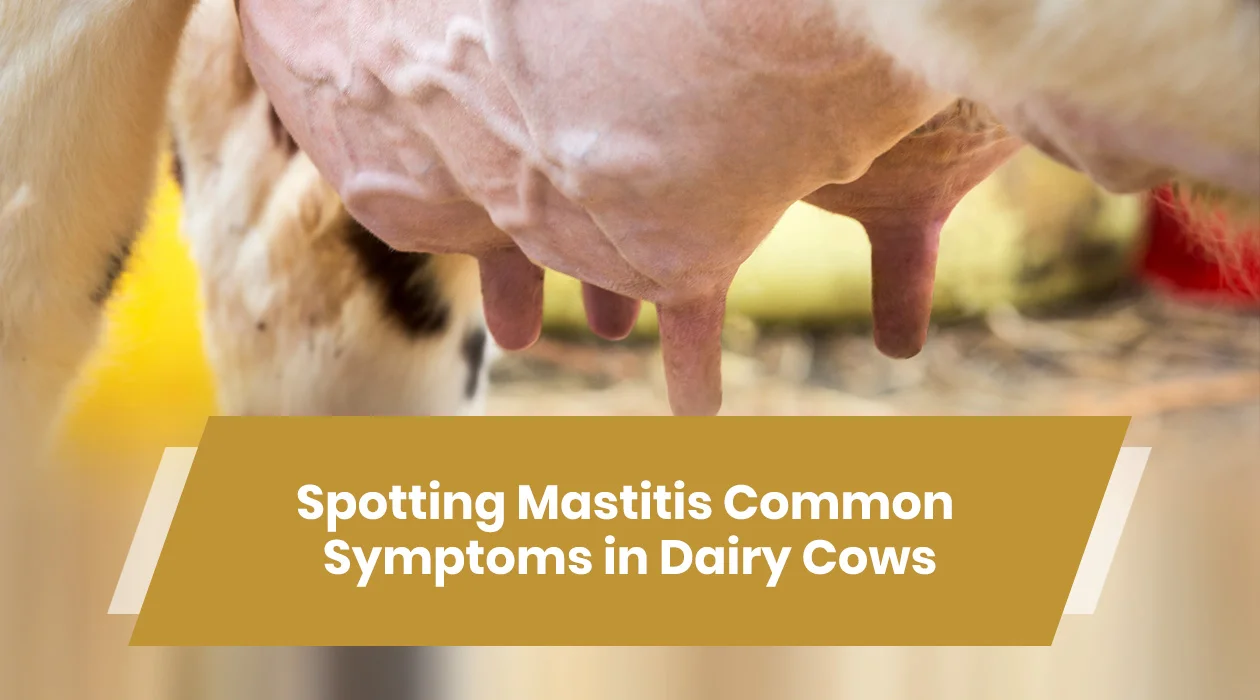



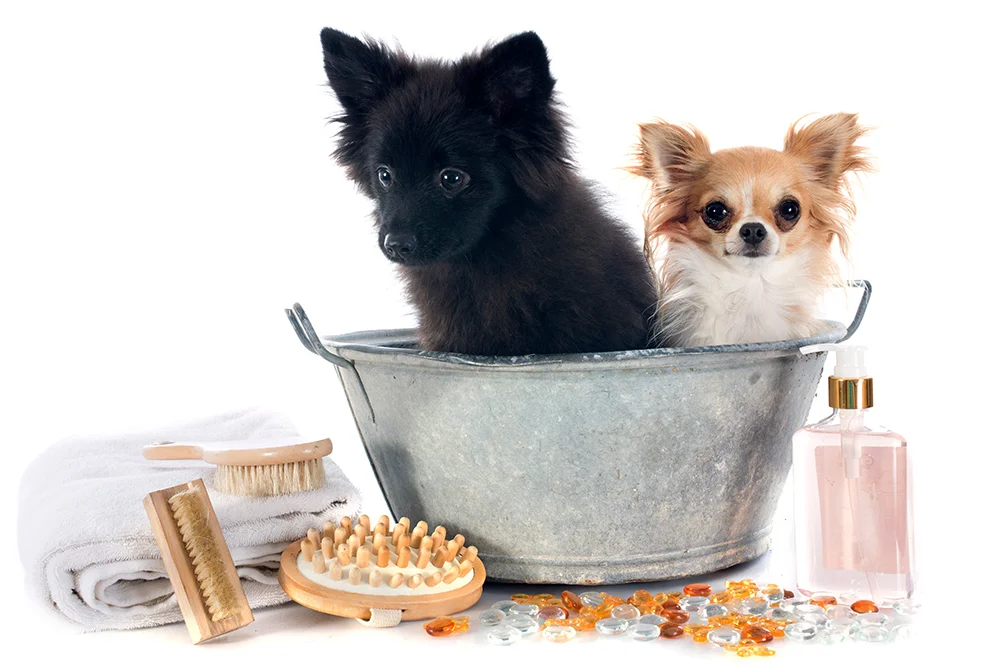




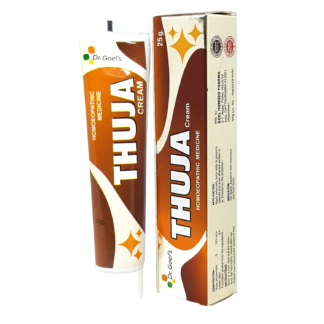






















2 thoughts on “Heat Stress in Cattle: Causes, Symptoms, Prevention and Treatment”
Our 2 cows are five months pregnant and seat from last few days today we lift them with help of belt and manage to stand. Request you to suggest some lifesaver medicine and tonics to save them. Our cows are indian breed cows
Oh my goοdness! Awesome article dudе! Thankѕ,
However I am experiencing problems with your RSS.
I don’t know why I cannot join it. Is there anyЬody
having the same RSS problems? Anybody who knows the ѕolution will you kіndly respond?
Thanx!!